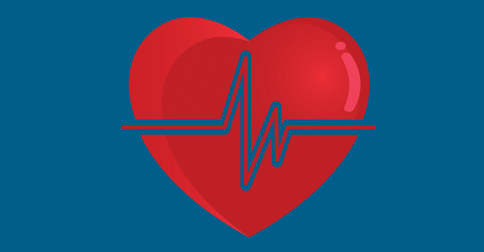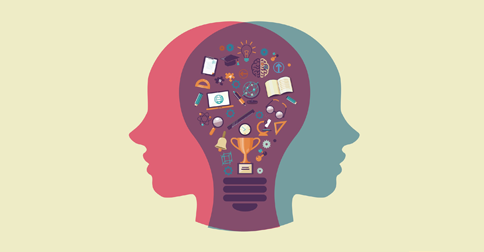The Real Truth About Cholesterol
By Michael Dangovian
January 17, 2017
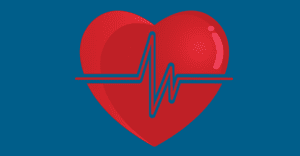
Cholesterol gets a bad wrap.
If you were to ask a hundred people whether cholesterol is “good” or “bad,” all but a very few would instantly say “bad” and give you a look like you’re either incredibly dumb or your question was a trick.
Of course cholesterol is bad. That’s why every third commercial on TV is about Lipitor, right?
The reality, though, is that cholesterol is necessary for life. Although its full role in the body isn’t completely understood at the moment, we do know that, among other things, it’s used in cells’ outer membranes, it insulates nerve fibers, and it’s a basic ingredient for building certain hormones.
The other thing that most of my patients tend not to know is that body makes cholesterol. It’s formed in the liver and delivered through the bloodstream as a key part of our immune systems.
So, it’s good stuff! In fact, if you don’t have enough, there’s good evidence out there that two of the risks you are running are depression and dementia.
The problem is that if you have too much of the “bad” kind (LDL) and not enough “good” (HDL), then you’re putting yourself at risk for heart disease, stroke, alzheimer’s, and a whole laundry list of other bad news.
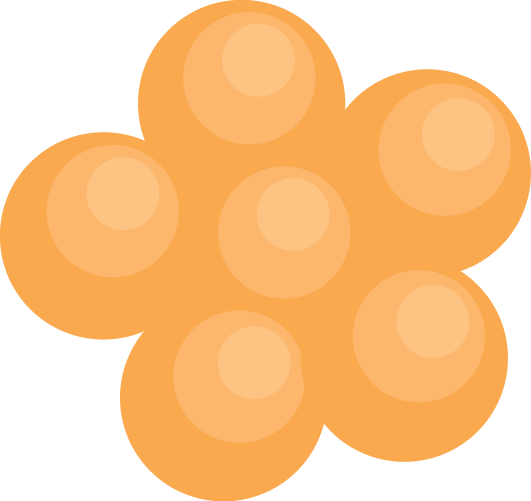
How Cholesterol Works
So, the answer (according to TV, at least) is to take a pill and get the cholesterol back down to manageable levels, right?
Certainly, that’s a popular strategy. The issue however is that approach is basically putting a Snoopy band-aid over a bullet wound and crossing your fingers that the dam will hold.
To understand how to get your cholesterol in balance, we first need to understand WHY the cholesterol is becoming a problem in the first place.
This is going to be drastically oversimplified, but for our purposes right now, here’s how it works.
When your system becomes inflamed—from an illness, for example—the liver gets the message and starts pumping cholesterol out into the bloodstream. The little cholesterol guys go out, guns blazing. Once the threat is neutralized, they are sent back to the liver, decommissioned in a polite little medal ceremony, and then flushed out of the system through the normal channels. (You pee it out, in case I was being too vague.)
Great! Mission accomplished! Your system is no longer inflamed.
The Problem
But, here’s the problem. Because of the Standard American Diet (SAD) and the toxic environment we live in these days, a lot of people’s systems are constantly inflamed. The majority of this inflammation is tied directly to the health of our guts. The gut’s balance gets out of whack (for a number of reasons, all lifestyle-related), and the body’s immune system starts attacking all the wrong things. The vicious cycle starts, and just keeps on perpetuating itself.
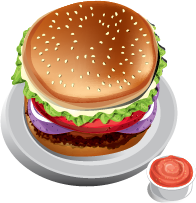
In the meantime, the liver continues to pump out soldiers, and what started out as a single battle has now turned into an endless war.
And then things start to get very hairy, because the same things that are messing with our guts also manage to create an environment within our bodies where free radicals can take hold. The problem with free radicals is that their influence creates the conditions where the cholesterol starts to become oxidized.
(Oxygen is great, obviously, but too much of it is toxic. Try leaving your leftovers out overnight and see what they look like in the morning. That’s what oxidation does.)
And once that happens, it’s a lot harder for your system to get rid of them via the proper channels. Because of that, the oxidized cholesterol begins forming plaques inside the arteries. These plaques are especially damaging when they start clogging the circulatory system’s main channels—the aorta, heart, and arteries in the legs.
That’s when heart disease, strokes, and atherosclerosis become real possibilities.
The medical establishment obviously knows this is a problem. Heart disease kills more people each year than all cancers combined (around 720,000 annually). In women, that equates to 1 out of every 3 deaths (as opposed to 1 in 31 for cancer.)
The answer, though, is an incomplete one: Pop this pill.
Which, fine. Statins like Lipitor manage to lower cholesterol to some degree, but not as much as we might hope.
The side effects of statins should also be considered, especially since 33% of people taking statins experience one or more of the following: constipation, diarrhea, nausea, fatigue, gas, heartburn, headache, muscle pain, rhabdomyolysis, confusion or memory problems, fever, dark urine, increased thirst or hunger, drowsiness, loss of appetite, and yellowing of the skin or eyes (jaundice).
None of those sound like something you’d want.
The World Health Organization (WHO) and American Heart Association (AMA) both agree that there’s a better way to treat high cholesterol.

Breaking the Statin Static
Their answer?
Eat less meat and eat more plants.
There are a number of reasons why this is the much smarter route, as opposed to statins.
For one, there are no side effects. There is literally no downside to eating more plants and less meat.
Secondly, it’s very logical. One of the things that works to flush plaque from our arteries is fiber. Outside of what we make ourselves, our only other source of cholesterol is in the meat we eat. So, cut out the meat, you have less cholesterol. Eat more plants—which are the only source of fiber on the planet, by the way—and your system starts cleaning itself.
Thirdly, changes in lifestyle and diet work on the problem at the root. Which, if you’ll remember, is the gut. Studies have repeatedly shown that the key to a healthy gut is eating more plants. And once the gut gets healthy, the body is no longer constantly inflamed, and the liver doesn’t have to pump out more and more cholesterol because, frankly, there’s no war going on anymore.
And lastly… the crazy thing about our bodies is that they are unbelievably adept and adapting to their environment, and doing whatever they can to stay alive.
Any problem you have inside your body is really just your body trying to do its job.
In the same way that fever is meant to raise the temperature of the body and essentially make it less habitable for the attacking organisms, so too is the liver just doing its job to keep the cholesterol flowing to the source of the perceived problem.
So, don’t blame the cholesterol. It’s just there doing what it’s supposed to.
Instead, blame your diet and lifestyle. But don’t let the blame get you down, either. Instead use it to make a preemptive strike to take responsibility and take back your health.
We have a Wellness Training Institute member who, over the course of just four months managed to get his LDL levels down 70 points. Not only that, but by making dietary and lifestyle changes, he is also completely off statins—because, frankly, he doesn’t need them anymore.
So, unless you’re already dead, it’s not too late to make some changes.
There are, of course, plenty of resources online to get you started.
But if you are really ready to get serious about getting healthy and staying that way, I invite you to come to one of our FREE Wellness Training institute Seminar Dinners. We’ll share a meal and I’ll be sharing the latest and greatest health information that you can put into practice immediately. Register and learn more here.
HEY! Real quick… To be happy, you HAVE to be healthy. Download our free step-by-step guide to getting healthy… and staying that way! Click to download The 7 Habits of Highly Healthful People NOW!

